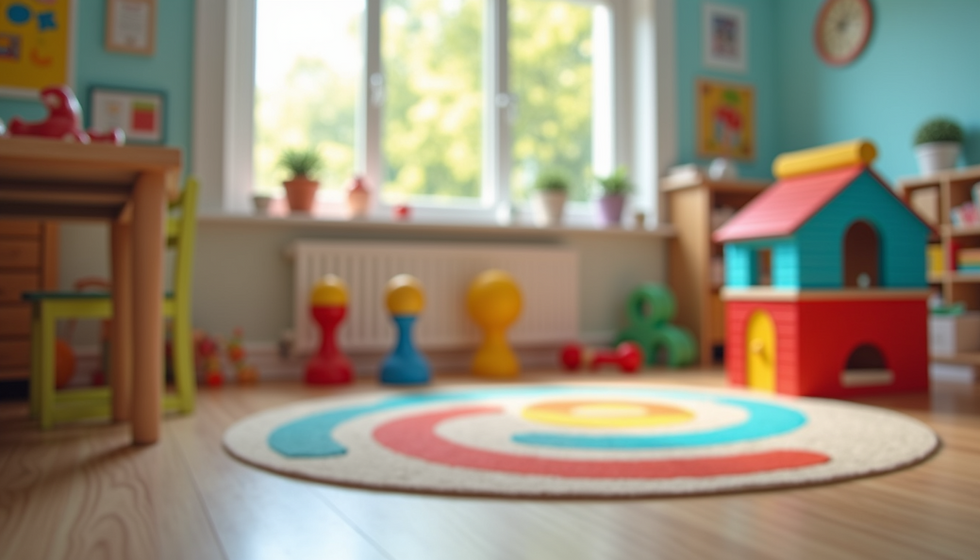Top Speech Therapy Techniques for Children
- Hailey Warren
- 6 days ago
- 4 min read
Helping a child find their voice is one of the most rewarding journeys. When speech challenges arise, it can feel overwhelming. But with the right tools and support, every child can make meaningful progress. I want to share some of the most effective speech techniques for kids that can make a real difference. These methods are designed to be clear, practical, and encouraging, so you can feel confident supporting your child every step of the way.
Speech therapy is a specialized field, and the right approach depends on each child’s unique needs. Whether your child struggles with pronunciation, language comprehension, or social communication, these techniques can help build skills and boost confidence.
Understanding Speech Techniques for Kids
Speech techniques for kids focus on improving how children express themselves and understand others. These methods are often playful and interactive, making learning fun and engaging. The goal is to create a supportive environment where children feel safe to practice and grow.
Some common areas addressed include:
Articulation: How sounds are formed and pronounced.
Language skills: Vocabulary, sentence structure, and comprehension.
Fluency: Smoothness and flow of speech.
Social communication: Using language appropriately in different settings.
By breaking down complex skills into manageable steps, children can build their abilities gradually. Consistency and patience are key. Remember, every small success is a step forward.

Effective Speech Techniques for Kids You Can Try
Here are some practical techniques that can be used at home or in therapy sessions. These methods encourage active participation and make learning enjoyable.
1. Modeling and Repetition
Children learn a lot by watching and listening. When you model clear speech and repeat words or phrases, it helps them hear the correct way to say things. For example, if your child says "wabbit" instead of "rabbit," gently repeat the word correctly: "Yes, rabbit."
2. Visual Aids and Gestures
Using pictures, flashcards, or gestures can support understanding. Visuals help children connect words with meanings. For instance, showing a picture of a dog while saying the word helps reinforce vocabulary.
3. Play-Based Learning
Incorporate speech goals into playtime. Use toys, games, or storytelling to practice sounds and words. This keeps the child engaged and motivated.
4. Slow and Clear Speech
Speak slowly and clearly to give your child time to process and imitate. Avoid rushing or correcting too harshly, which can cause frustration.
5. Positive Reinforcement
Celebrate every effort and success. Praise and encouragement build confidence and make children eager to try again.
These techniques are just a starting point. A speech therapist can tailor strategies to your child’s specific needs and progress.

What are the techniques used in speech therapy?
Speech therapy uses a variety of specialized techniques to address different challenges. Here are some of the most common ones:
Articulation Therapy
This focuses on helping children produce sounds correctly. Therapists use exercises that target specific sounds, often starting with easier ones and moving to more complex combinations.
Language Intervention Activities
These activities build vocabulary and sentence structure. They might include naming objects, describing pictures, or following simple instructions.
Oral-Motor/Feeding Therapy
Some children have difficulty with the muscles used for speech. Oral-motor exercises strengthen these muscles and improve coordination.
Fluency Therapy
For children who stutter, fluency therapy teaches strategies to speak more smoothly. Techniques include controlled breathing and gentle onset of speech.
Social Skills Training
This helps children use language appropriately in social situations. Role-playing and group activities are common methods.
Each technique is adapted to the child’s age, abilities, and goals. Working with a professional ensures the best outcomes.

How to Support Your Child’s Speech Development at Home
You play a vital role in your child’s progress. Here are some ways to support speech development outside of therapy sessions:
Create a language-rich environment: Talk to your child often, describe what you’re doing, and encourage them to express themselves.
Read together daily: Books introduce new words and ideas. Ask questions about the story to promote conversation.
Limit screen time: Interactive play and real conversations are more beneficial than passive screen watching.
Be patient and listen: Give your child time to respond and avoid finishing their sentences.
Practice consistently: Use the techniques recommended by your therapist regularly.
Remember, progress may be slow at times, but persistence pays off. Celebrate every milestone, no matter how small.
Finding the Right Help for Your Child
If you notice your child having difficulty with speech or language, seeking professional support is important. A qualified speech therapist can assess your child’s needs and develop a personalized plan.
At Speak Easy Speech, we specialize in helping children unlock their full communication potential. Our team uses evidence-based methods and a warm, encouraging approach to support your child’s growth.
You can explore more about speech therapy techniques for children and find resources tailored to your family’s needs.
Encouraging Communication Every Day
Helping a child improve their speech is a journey filled with hope and progress. By using these speech techniques for kids, you can create a nurturing space where your child feels confident to express themselves.
Celebrate their efforts, stay patient, and keep the lines of communication open. Together, you can help your child find their voice and thrive.
If you want to learn more or get personalized support, don’t hesitate to reach out to professionals who care deeply about your child’s success. Every word spoken is a step toward a brighter future.




Comments